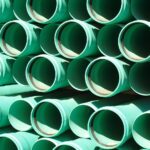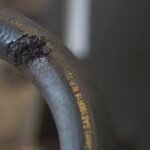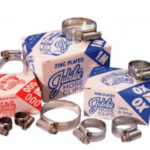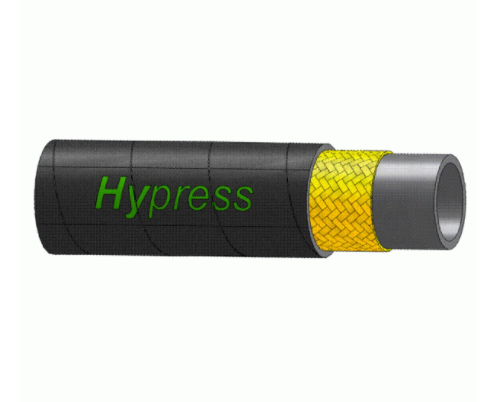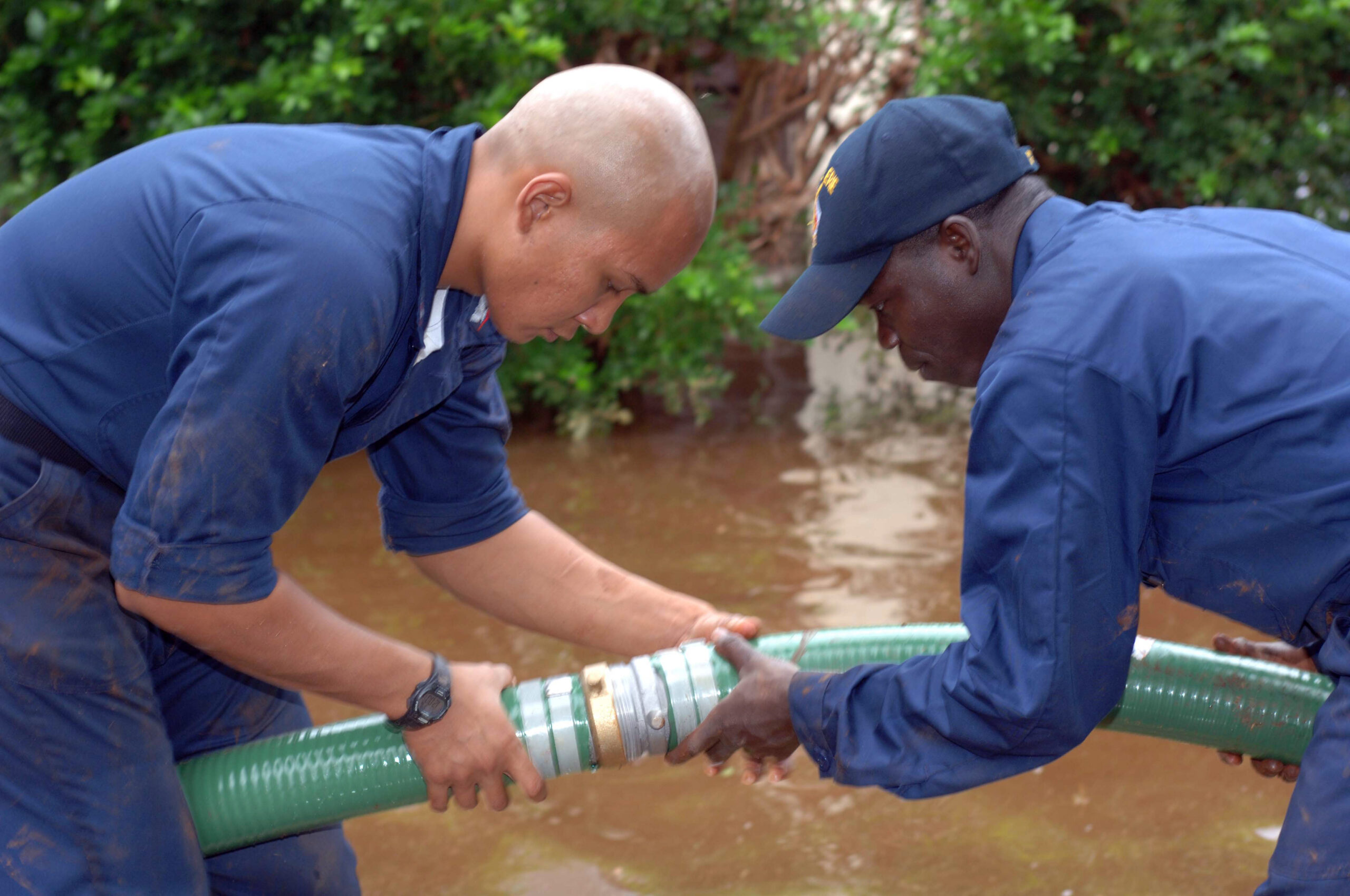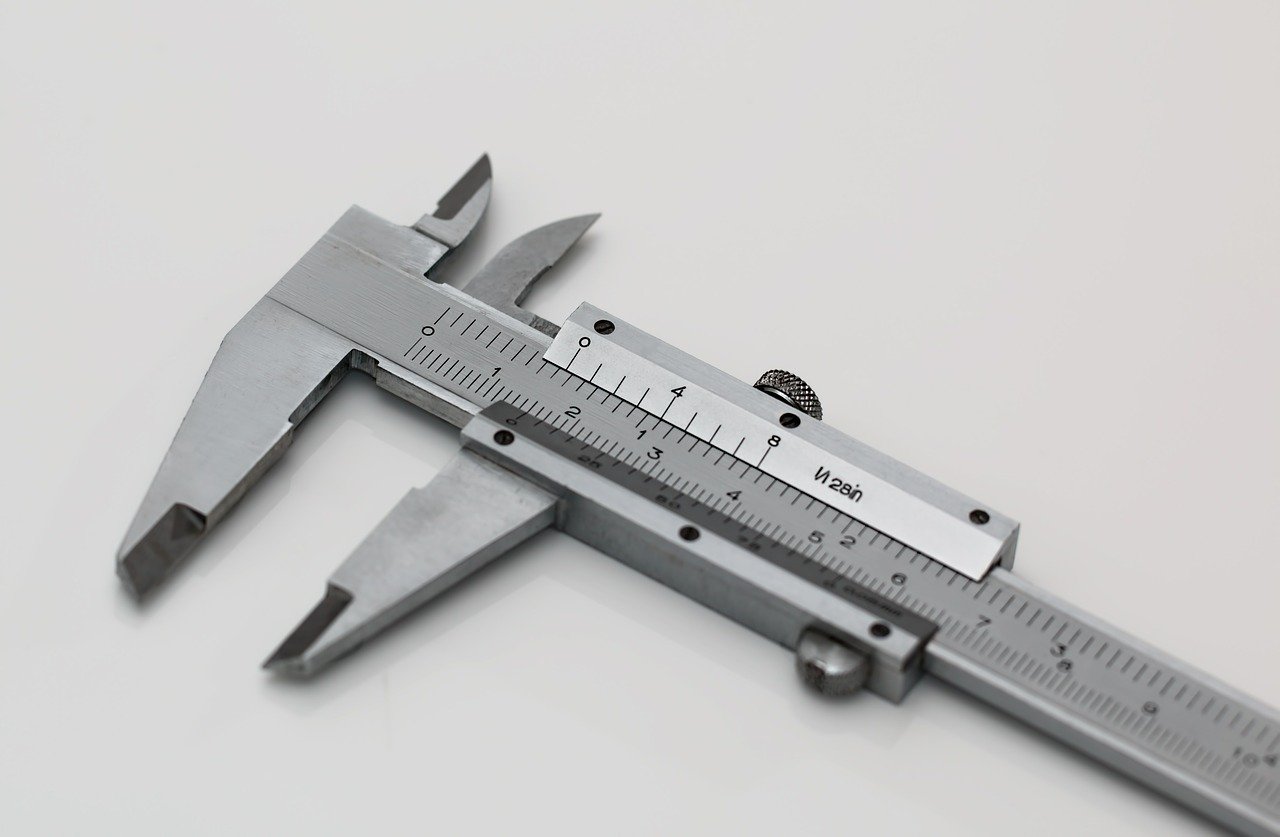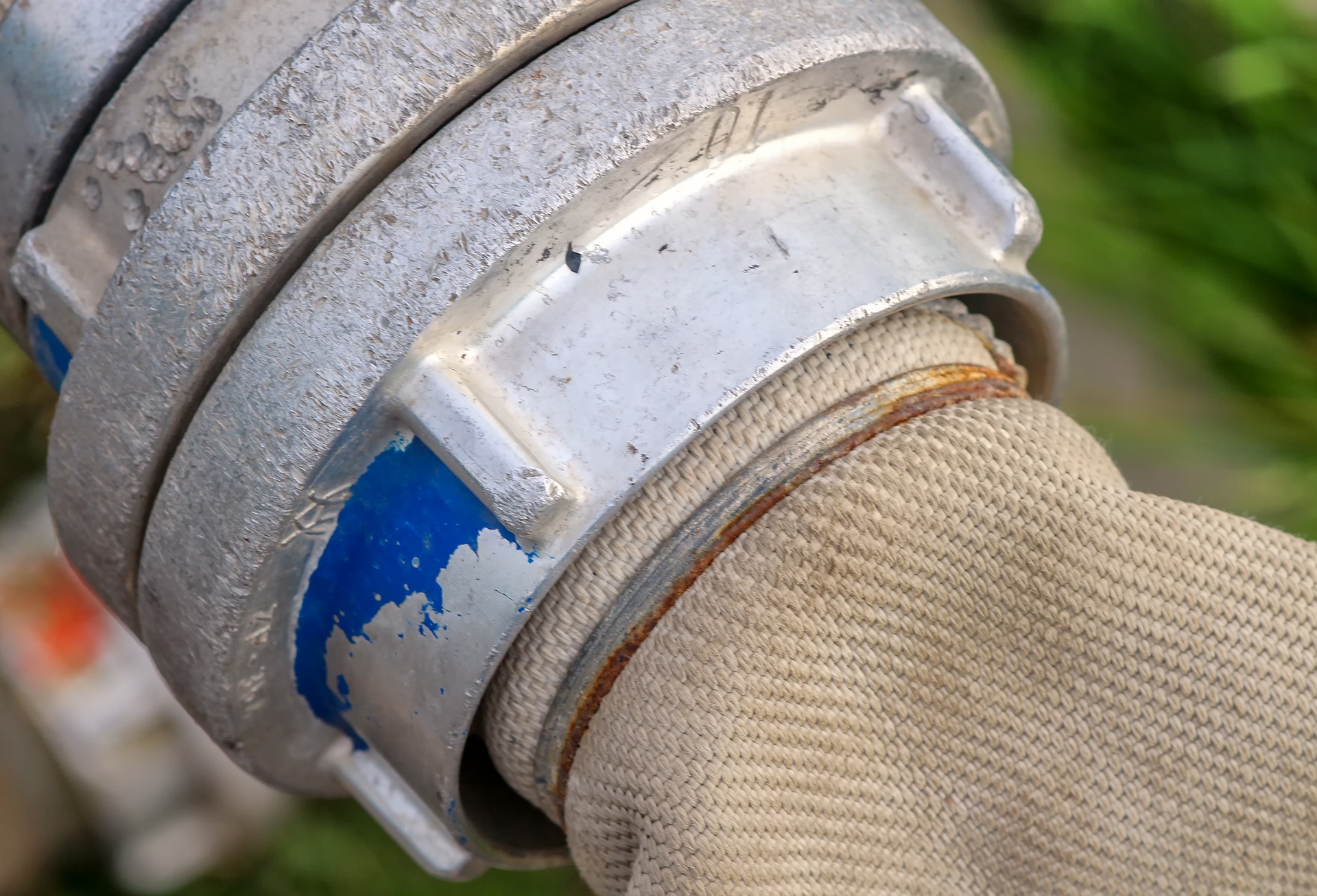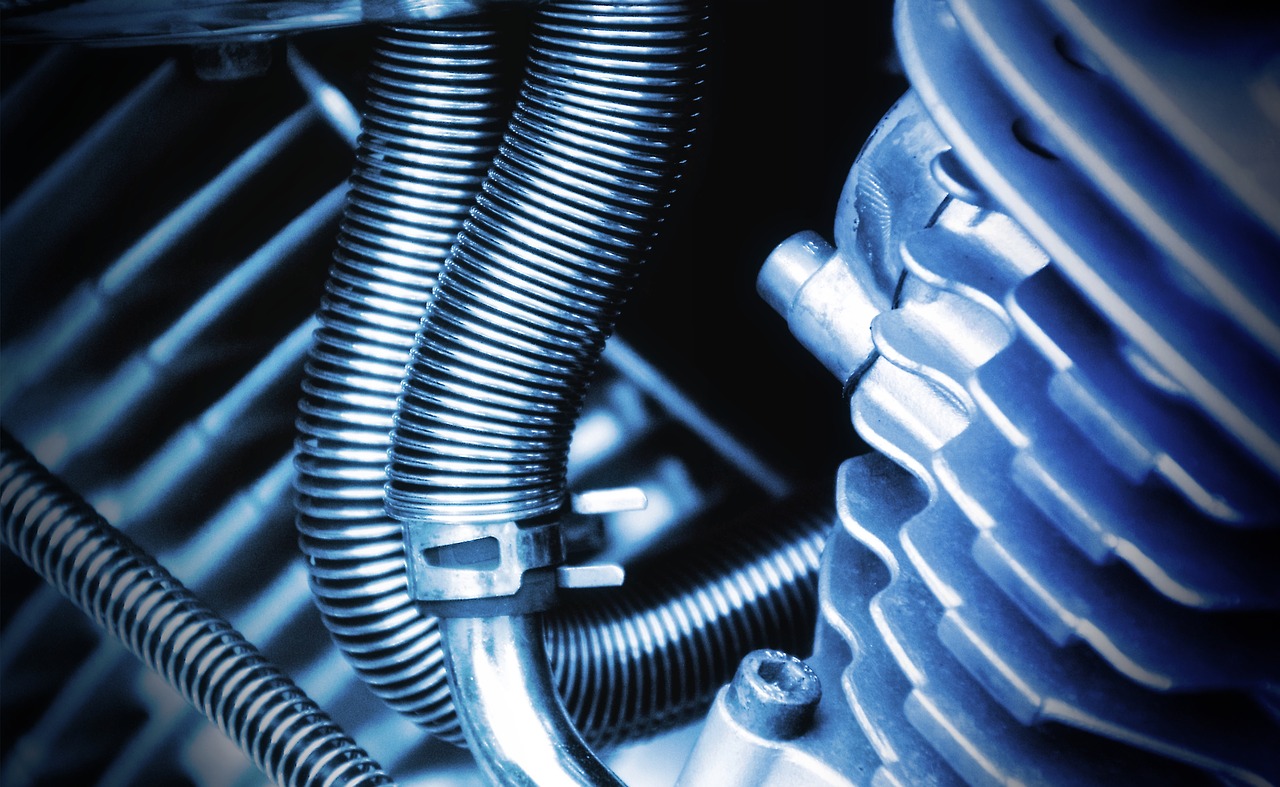
Undoubtedly one of the most effective fluid transfer systems, hoses are an ideal and necessary piece of equipment for many industries and needs. Choosing the correct liquid transfer hose is crucial for both safety and efficiency. However, it isn’t always such a simple process to do so! To make things a little easier, here at Hose Shop we’ve listed the very best liquid transfer hoses, how to choose one based on your specific needs, and what differences to look out for. Keep reading for your complete guide to fluid hoses!
Types of Hoses
Different types of liquid transfer hose exist, with an important distinction to make being that some carry fluid only, some carry water only, and others carry multiple elements. To decide which fluid hose is for you, you should therefore begin by asking yourself whether you’ll need your hose to transfer liquid only, or other elements too, such as gas, chemicals and solids.
Some of the best hoses for transferring liquid/fluid are the following;
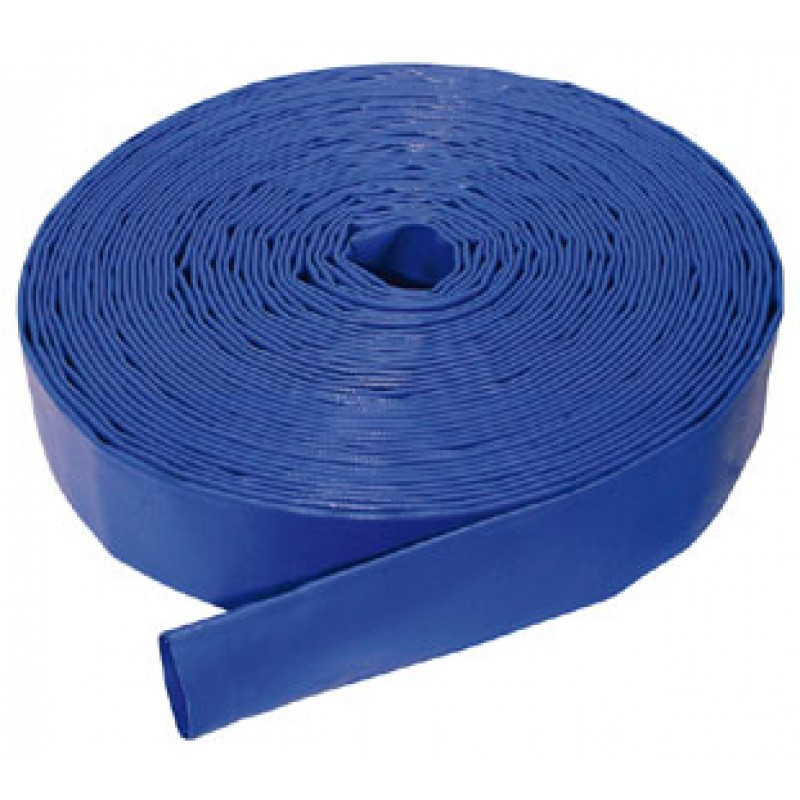
Our Layflat Hose 1″ Bore 25 Metre Length
Layflat hoses; layflat hoses are used to carry out a range of tasks, including the conveying and discharging of water, which is commonly used for irrigation purposes. Layflat hoses are toughened to avoid damage from abrasion, different weathers, rot and chemicals. They are regularly used in engineering and construction, and also act as fire hoses and agricultural water hoses. Layflat hoses transfer fluids only, and as well as water are often used to transfer liquid fertilisers and other agricultural chemicals.
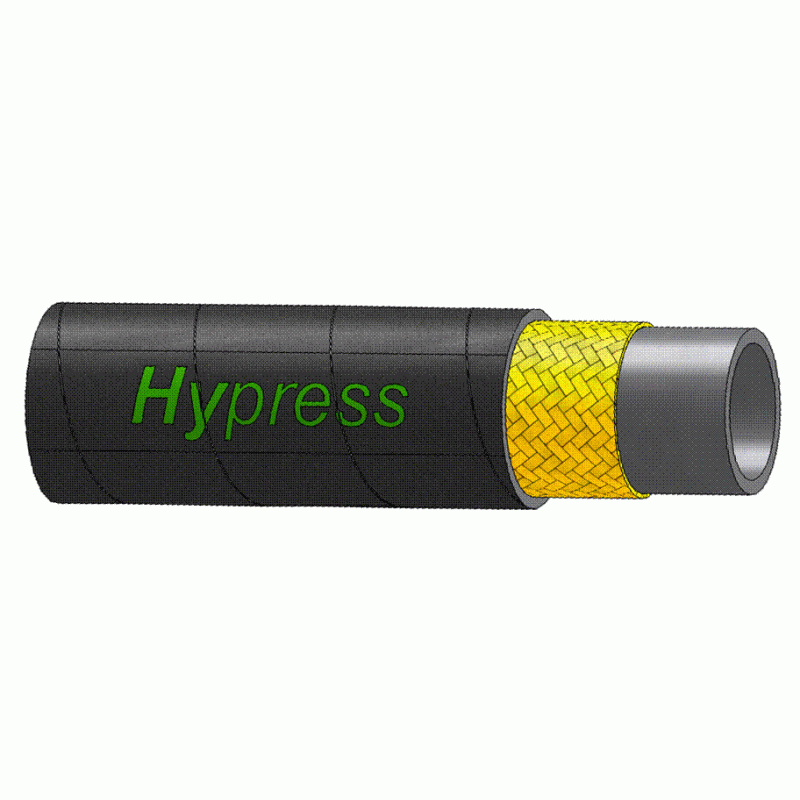
Our ¼” Bore 1 Wire Hydraulic Hose
Hydraulic hoses; hydraulic hoses are most frequently used to form hydraulic lines, and can subsequently be found in a wide range of industrial systems. Unlike layflat hoses, hydraulic hoses can transfer both liquid and gas, and specialise in scenarios where elements require transporting at a specific pressure. 1 wire hydraulic hoses accommodate medium pressure, whereas 2 wire hydraulic hoses are designed for high pressure. Similar to layflat hoses, hydraulic hoses are also super durable, being weather, rot and oil resistant. The most commonly transferred substances for hydraulic hoses are water and oil.
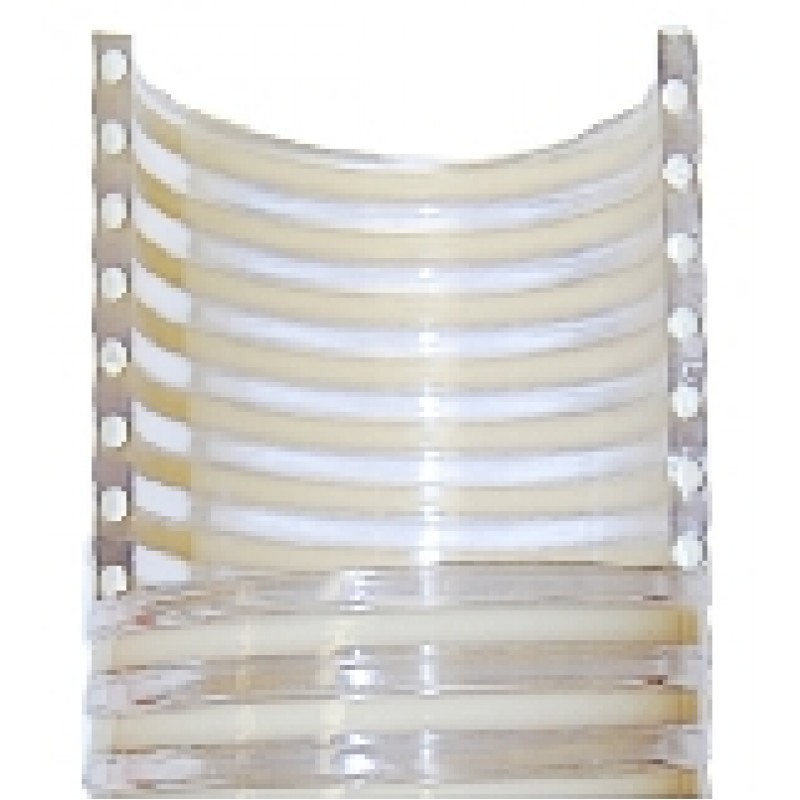
Our 3/4 Bore Food Quality Suction/Discharge Hose
Industrial food grade hoses: created for the food industry, these hoses suction and discharge both solids and liquids (including water), most commonly during the manufacture of food and beverages. They are resistant to most reducing and oxidising agents, as well as diluted acids and alkalis, and are weather, rot and chemical resistant. Unlike layflat and hydraulic hoses, they have the ability to transport solids too.
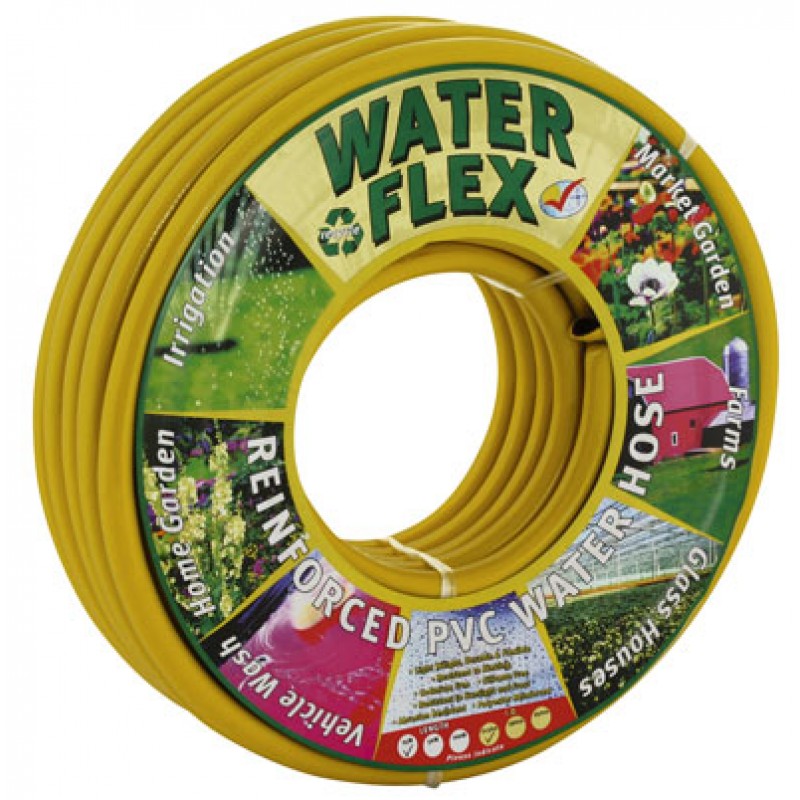
Our 1/2″ Bore Flexible PVC Water Hose x 25 Metre
Water hoses: water hoses are, you guessed it, designed for the transportation of water. These hoses are therefore commonly used for such practices as vehicle washing, gardening, irrigation, and glass house and farm irrigation. Made from flexible PVC, these durable hoses are abrasion resistant, and suited to transferring water only, not other liquids.
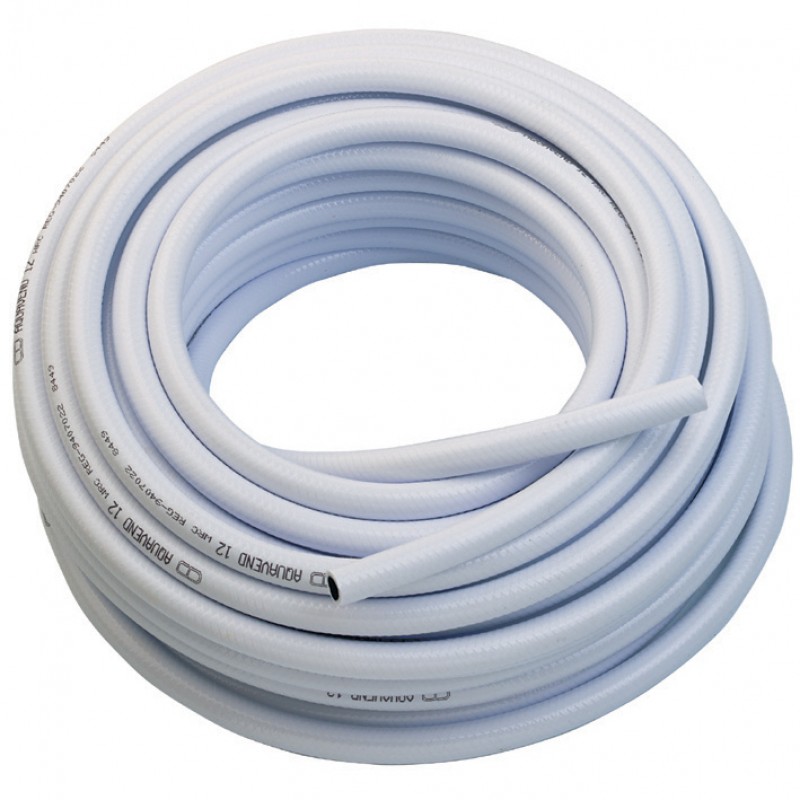
Our 1/4″ Bore Drinking Water Hose x 5 Mtr
Drinking water hoses: drinking water hoses take specification to a whole new level. Not only are these hoses only suitable for the transferring of water, and no other liquids or substances, they’re also only required for water which has the intention of being drank- primarily mains water. This is because drinking water hoses go to great lengths to ensure that the water they transfer is safe for consumption. The hoses are cadmium and silicon free, do not support microbiological growth, and are WRAS and FDA approved grade. The hoses are commonly purchased for hospitals, dental clinics and care homes, and are also utilised in the aviation, leisure and vending industries.
Additional Points to Consider
There are additional points to consider when choosing a liquid transfer hose, the key being the following;
- Size of hose, both inside/outside diameters and length; make sure this suits your specific transportation needs.
- Correct insulation, especially if there will be contrasting internal/external temperatures for your hose; failure to accommodate this can shorten your hose’s service life.
- Temperature; different hoses can only safely accommodate certain temperature ranges. You should make sure to check that this suits your purpose before purchasing a hose.
- Type of liquid compatibility; always make sure that your hose is totally compatible with the type of liquid you wish to transfer. Whilst most hydraulic hoses are compatible with petroleum-based oils, it’s always best to check, and may be worth opting for a specifically oil resistant hose instead. Likewise, if the type of liquid you wish to transfer is chemical, it might make more sense to use a chemical delivery hose. Remember too that different substances have different hose needs; water hoses must always be rust resistant, oil and fuel hoses (and indeed hoses carrying any other volatile liquid) must be explosion-proof, flame resistant and gas-tight, and chemical hoses must always be corrosion resistant.
For further information and assistance on choosing the right liquid transfer hose and fittings, please don’t hesitate to get in touch with our friendly team of experts at The Hose Shop, or keep reading our blog for more hose-related resources!



